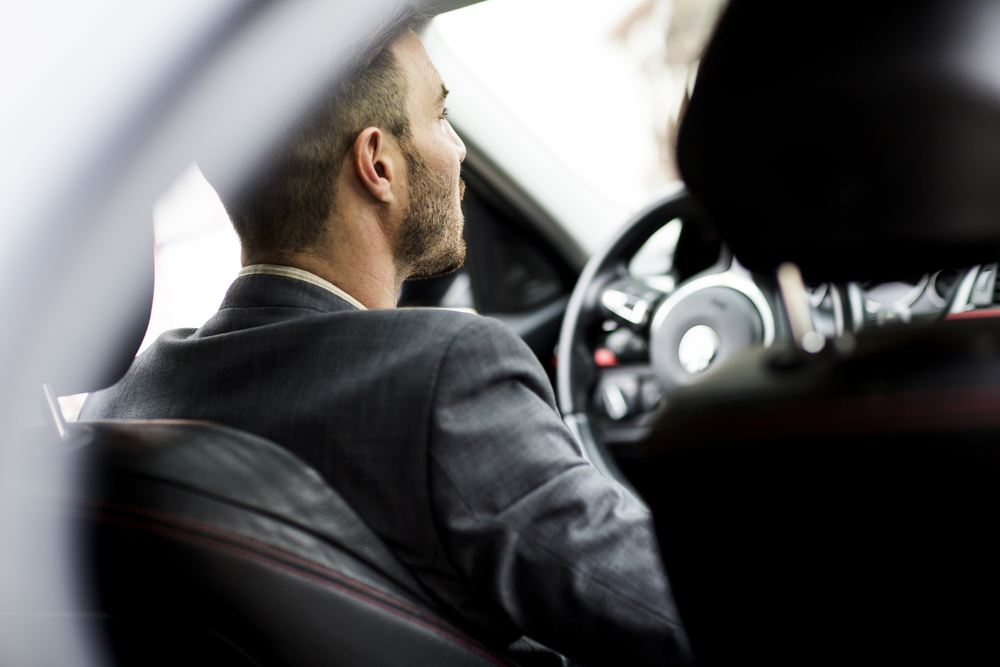Consumer Auto: Evolution or Revolution?

Consumer auto has always been a battleground - and more battles are coming. From self-driving cars to an increased focus on automation in vehicles, the consumer auto industry is poised to evolve once again.
Will the industry continue to evolve and change, or will it be more of an overall revolution and remaking? Auto insurance innovators, technology, and the rise of AI will force change upon the consumer auto industry.
Some Impacts on the Industry Include:
Evolution vs. Revolution: What trends will have an impact on the way that consumer automobiles are insured? Auto is such a huge part of the business, and as automobile sales continue to grow, auto insurance becomes more important than ever.
The last 3 months of 2016 have been relatively flat - is this a harbinger of things to come?
Who is buying cars right now? A look at the new youthful driver and auto owner reveals a trend: younger age groups are waiting to drive and purchase cars later than ever before. Millennials continue to have an impact on the way cars are insured.
This large group is buying automobiles later than any recent generation in the past, and their adaption of alternative methods of transportation, from biking to ride-sharing and even bus/motorcoach transportation is impacting the industry in a big way.
Uber and Lyft did not even exist a few years ago, but Uber alone had 60+ million rides in July 2016. Ride-share companies and the growth of this form of transportation has affected the way automobiles are insured and the level of risk assumed by insurers.
The numbers are just too big to ignore, and there are still questions and concerns about who should be responsible for accidents and injuries when an independent contractor is driving a personal vehicle -- to pick up a Lyft or Uber generated passenger.
Car connectivity plays a role in the changing face of insurance as well. As cars become more connected (and about 20% of all cars are currently wired in), the customer experience can be improved.
Data that gives a better, more precise view of the way the vehicle is being used can be collected. Analysis of this collected data allows for more dynamic pricing for insurers and a better way to assess risk.
Infrastructure Connectivity:
The ability to interface with the environment around the vehicle provides another opportunity for data collection and assessment. How does the ability of the car to interact with stop signs, lights and other structures impact insurability? If something goes wrong, who is to blame: A stop sign that may or may not put out a clear signal to "stop" or the car that mis-read data sent by empowered infrastructure?
As connectivity evolves, it raises questions about liability and negligence for the private driver, fleet driver, car manufacturer and even government entity that may be involved in an incident.
Autonomous or self-driving vehicles: No longer a sci-fi scenario, the "self-driving" car is on the rise. As consumers begin to use autonomous features or vehicles, the insurance industry will have to react accordingly.
Who is to blame when an accident happens - the car manufacturer or the person operating the vehicle? Autonomous vehicles are sure to have an influence on the way cars are insured in the near future.
From self-driving cars, to connectivity, and even the rise of ride-sharing, the auto insurance industry needs to continue to evolve and change. In many ways, we can expect a bona fide revolution in the way consumers and vehicles are insured.
Follow Us!
Share
New Articles
- Life Insurance 2.0 & the Death of the Health Exam
- Insurance Accelerators: Fueling Innovation
- Peer-to-Peer Insurance: Mutual by Another Name or Transformative Innovation?
- Insurance Industry Innovators: An Asian Perspective
- Insurance Applications of Blockchain
- Insurance Industry Should Get Ready to Embrace Loyalty Marketing
- Ideas 42 Applies Behavioral Economics to Insurance
- Global Insurtech Trends to Watch for in 2017
- Implementing Analytics for Tangible Results, as Explained by Dax Craig of Valen Analytics
- Machine Learning and Artificial Intelligence: Applications for Insurance
- Maddock Douglas, Why We Are At InsureTech
- Everything You Need to Know about MarTech for Insurance Companies
- The Launch of Carpe Data
- Issues in the Insurance Industry according to Caribou Honig, Chairman & Cofounder of InsureTech Connect
- Consumer Auto: Evolution or Revolution?
- A.I. for Agriculture and the Insurance Implications as Explained by Adam Smith of Descartes Labs
- The Rise of InsurTech Investment
- Jornaya - The Power of Intent
- The Gig is Up in the Insurance Industry I Insurance Revenue
- Business Insurance Innovators
- Google Shuts Down Its Insurance Comparison Product
- How Much Money Insurance Agents Make
- How Will Self Driving Cars Effect Auto Insurance
- Insurance Industry Disrupters
- Insurance Technology Industry Conference
- Insurance Tech Startups Landscape
- Investments Into Insurance Tech Startups Are Growing
- More Insurers Are Partnering With IoT Companies To Offer Fantastic Consumer Discounts
- Peer to Peer Insurance Innovation
- Practical Matters of Insurance Tech Start up
- What will Insurance Tech Change
- Why Google Shuts Down Its Insurance Comparison Website
- Why Multi Product Insurance Shopping Portal is a Good Idea